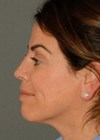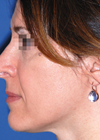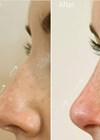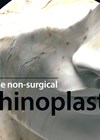Hump reduction and osteotomies to close the open roof, or lowering the whole nasal dorsum? Charles East explains how preservation techniques can improve outcomes by maintaining the integral structures of the nose.
What is preservation rhinoplasty?
The origins of reduction rhinoplasty go back to 1898, when Joseph performed a true open approach with split hump reduction, and Goodale in Boston performed an endonasal subdorsal septal excision and pushed the dorsum down.
Cottle later developed an alternative septal release to lower the dorsum but the Joseph rhinoplasty became the preferred technique despite the destructive nature of hump excision and the need to restore an open roof by medialising osteotomies. Essentially techniques then evolved to minimise the invariable mid-third collapse that ensued – spreader grafts, flaps and camouflage grafts.
Not surprisingly with the recent reappraisal of nasal anatomy, dorsal configurations, the understanding of the superficial musculoaponeurotic system (SMAS) and various ligaments of the nose, there is a return to the concept of more conservative, preservation techniques in an attempt to reduce the complex revisions produced by destabilisation of the nasal skeletal framework, particularly in relation to the middle nasal vault. Preservation rhinoplasty (PR) is a philosophy of approach that respects the skin envelope, SMAS and the complex ligaments and attempts to keep the natural dorsum, modifying it as a hinge by letting it or pushing it down by release at the pyriform aperture radix and with a septal release.
Why is it different to the structural rhinoplasty?
Most surgeons dissect in the sub-SMAS plane in rhinoplasty. This divides the vertical scroll complex and invariably divides the Pitanguy ligament – the deep extension of the SMAS over which the domes of the nasal tip are suspended in front of the anterior septal angle. Severing these structures affects the support of the nose, may compromise valve function and can cause the so-called soft tissue pollybeak. In some structural rhinoplasties, the SMAS is excised and erroneously referred to as ‘thinning or debulking the skin’. So then the structural rhinoplasty uses grafts to ‘rebuild’ the nose with a trend to needing more and more grafting material.
“Preservation rhinoplasty (PR) is a philosophy of approach that respects the skin envelope, SMAS and the complex ligaments”
Dissecting under the chondrogenic layer of perichondrium and periosteum permits the ligaments to be preserved and allows modification of tip cartilages in a different way, release and a controlled resection of the subdorsal septum, and a lowering by hinge or dropping of the dorsal profile as a whole without disturbing the continuity of the bone / cartilage vault, with no need to reconstruct the open roof as it is never created.
But how do you change a humped dorsum to straight?
The central ‘K ‘area and lateral ‘K’ area lie at different levels and by releasing the lateral K, the dorsum can be made to flex when it is released from the subdorsal septum. Disarticulation of the cartilage vault from under the bony cap, especially with short bones, also produces this effect.
Does this mean we are going back to closed approaches?
Preservation rhinoplasty can be achieved through both closed and open approaches. The important feature is dissection in the correct plane which can be difficult and tedious until learnt. Restoration of divided ligaments restores the SMAS, closes the dead space and results in less swelling with faster recovery (see Figure 1).
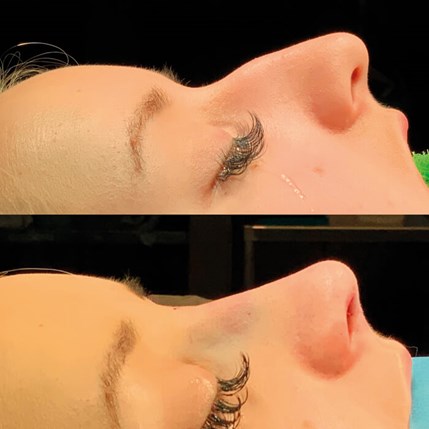
Figure 1: Total preservation rhinoplasty: endonasal, ligament preservation,
no alar resection, natural bridge lowered by sub-dorsal cartilaginous strip resection.
With respect to the dorsum in preservation rhinoplasty, most people start by choosing a dorsum that is already nice – slim, but may be too high or may lean to one side.
The osteotomies include low lateral, transverse and a radix cut. In contrast to a Joseph rhinoplasty, the bone cuts / resection are performed where the soft tissues are thickest so the risk of visible irregularity is significantly lower.
So which patients are suitable for PR?
Primary cases:
- Naturally shaped dorsum with over-projection (tension nose), midline septum.
- Short nasal bones with cartilaginous hump, normal radix position.
- Straight dorsal aesthetic lines but deviated from midline – especially male nose.
- Older patient with dorsal hump and a thin skin envelope (see Figures 2 a&b).
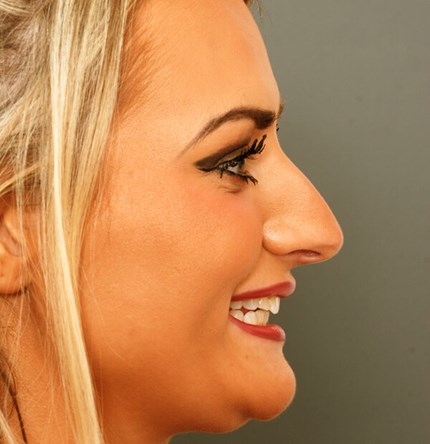
(a)
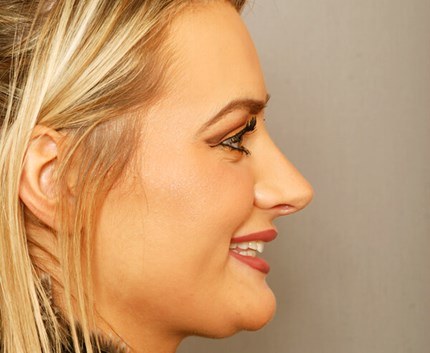
(b)
Figure 2: Dorsal preservation (a) with one-year follow-up (b).
Relative indications:
Primary cases:
- Caudal septum not midline.
- Deformed nasal septum – risk of septal destabilisation – vertical angulations / spur.
- Deep radix with a convex profile – the ‘s’ shaped dorsum.
- Wide nasal dorsum.
- Mildly asymmetric middle third.
Contraindications:
- Previous rhinoplasty surgery by a different surgeon – secondary patients.
- Previous submucous resection of the nasal septum.
- Marked middle third asymmetry (septum deviation, concave / convex dorsal aesthetic lines, inverted ‘v’ deformity).
- Saddle nose requiring augmentation.
Doesn’t pushing the dorsum down into the nose produce airway obstruction?
In theory yes, but the nasal airflow is directed to the middle turbinate by the valve and the integrity of the preserved mid-vault guarantees this. Whether a let-down (the wedge of the Webster’s triangle is resected) or a push-down (where the ascending process of the maxilla comes to lie on the inner aspect of the pyriform aperture), it in fact enhances the airflow to the middle meatus by the slight internal widening between the upper laterals / septal vault that happens with dorsal preservation.
So by removing a strip of subdorsal septum and releasing the whole dorsal framework as one unit, the patient’s natural bridge can be repositioned. The main challenge is whether the bridge needs to hinge from the radix or can it be dropped down? This depends on the position of the radix, i.e. does it need to stay the same or be lowered? This determines whether the perpendicular plate needs to be cut or resected to permit the dorsal movement (see Figures 3a-d) CBCT scanning can help in the planning.
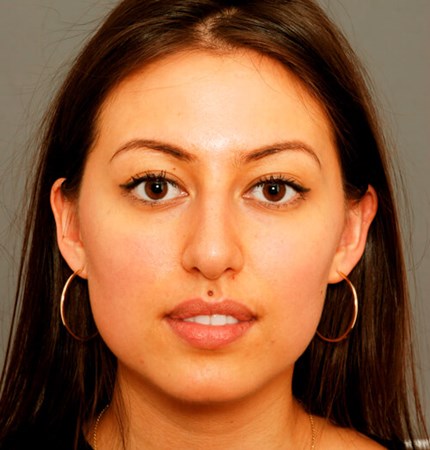
(a)

(b)
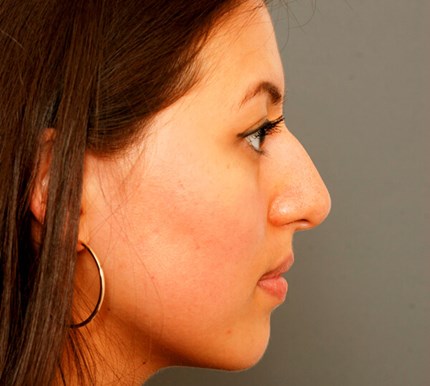
(c)
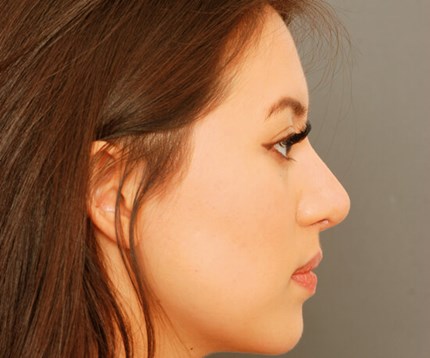
(d)
Figure 3: Open approach preservation rhinoplasty (a&c) with one-year follow-up (b&d).
What are the problems with this approach?
The main issues are a residual hump (no flexion at the central K), axis deviation of the repositioned dorsum or producing a marked supratip depression from excess removal at the anterior septal angle.These are easy problems to avoid or correct. A further problem is if extensive septal surgery is required – how to secure the support to the lower 2/3 of the nose? This may need a structural approach to the rhinoplasty or a variation we have used in the Craniofacial service using dorsal preservation with a modified cottle procedure. We have applied this to simultaneous combined Le fort 1 surgery and rhinoplasty very successfully.
So understanding the philosophy of this approach allows the surgeon to adopt elements of preservation into their practice with less need for septal harvest, and maintenance of the SMAS and associated ligaments. It is hoped that teaching this approach will result in fewer complex revisions (requiring rib / ear cartilage) caused by over-resection of the nasal framework.
Further Reading
Cakir B, Saban Y, Daniel R, Palhazi P. Preservation Rhinoplasty. 2018.
Declaration of competing interests: None declared.
COMMENTS ARE WELCOME




